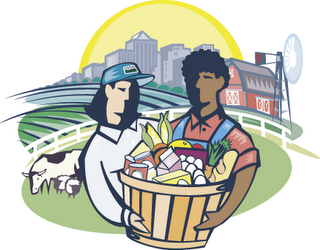Organic Herd Conversion
One challenge of organic farming currently is that demand for Organic food, in particular milk, is expanding faster than can be accommodated by supply. This creates a problem and is one of the factors of allegations of non organic agriculture being labeled as organic. There are specific rules in place to convert non organic livestock herds to organic and so for a period of time the claims of dubious practices are substantiated as the herd is converted. The specifics of the rule can be seen below.
Milk or milk products must be from animals that have been under continuous organic management beginning no later than 1 year prior to the production of such products, except for the conversion of an entire, distinct herd to organic production. For the first 9 months of the year of conversion, the producer may provide the herd with a minimum of 80-percent feed that is either organic or produced from land included in the organic system plan and managed in compliance with organic crop requirements. During the final 3 months of the year of conversion, the producer must provide the herd feed in compliance with section 205.237. Once the herd has been converted to organic production, all dairy animals shall be under organic management from the last third of gestation. Livestock used as breeder stock may be brought from a nonorganic operation into an organic operation at any time, provided that, if such livestock are gestating and the offspring are to be organically raised from birth, the breeder stock must be brought into the organic operation prior to the last third of gestation.

